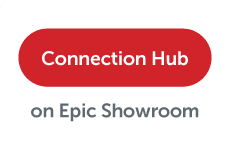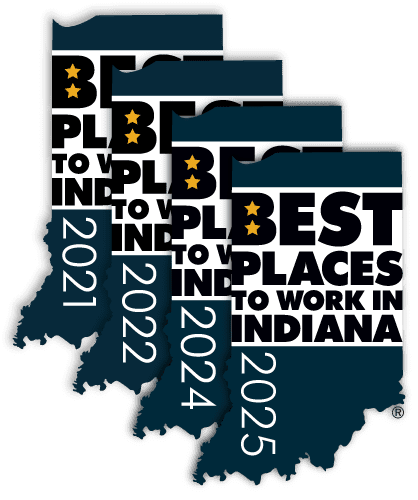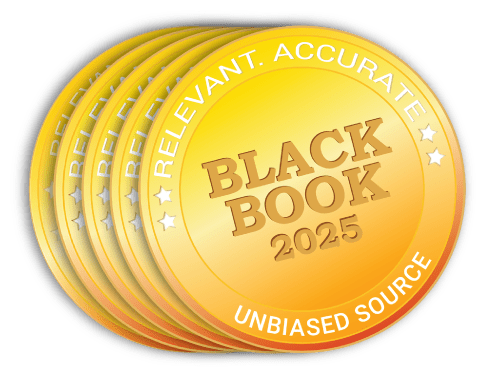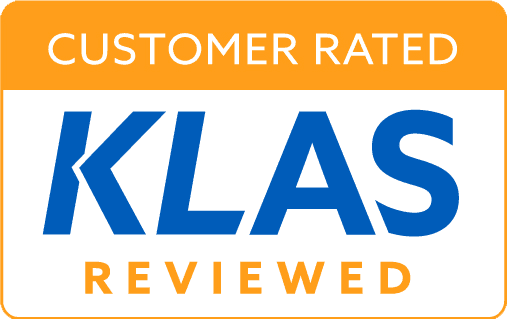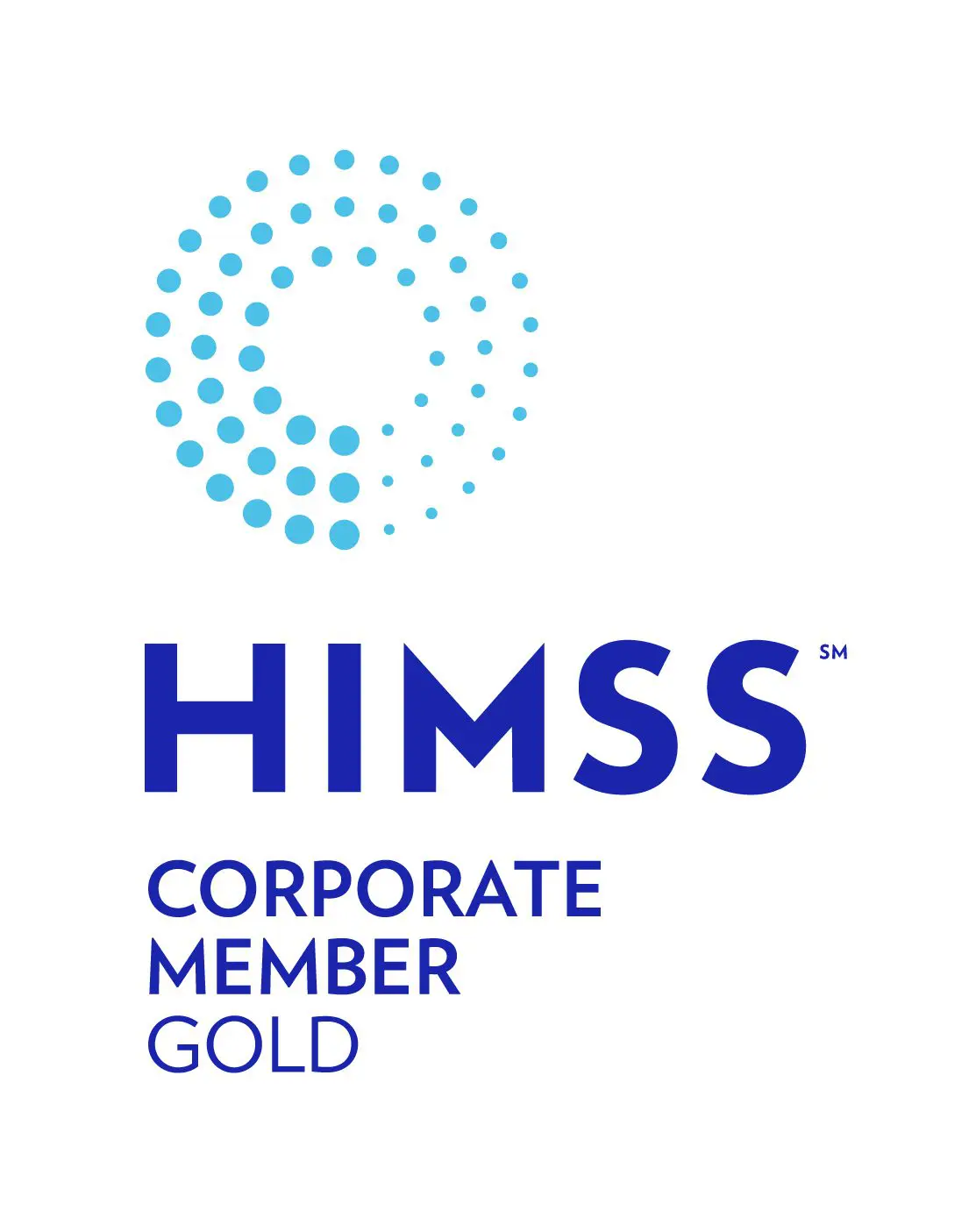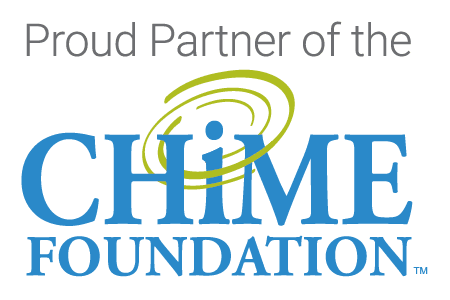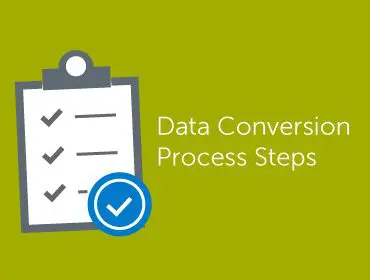
Moving data. It sounds simple, but those in healthcare IT who understand the behind-the-scenes planning needed for implementation know it can be complex and costly. Healthcare data conversion is the process of migrating (moving) data from one electronic health record (EHR) or electronic medical record (EMR) to a new one, along with converting the data to meet the new system’s requirements.
There are two key factors driving the need for healthcare data conversions.
With 78 percent of office-based physicians and 96 percent of all non-federal acute care hospitals using a certified EHR, healthcare delivery organizations are changing EHRs primarily to:
- Achieve better functionality with a new go-forward EHR.
- Consolidate applications after a merger or acquisition (M&A) that resulted in multiple legacy systems.
When the time comes to move forward with an EHR or EMR data conversion project, there are best practices to determine what to do with current and historical data to ensure patient, business and financial records are secure and accessible.
First, Prepare for Your Health Data Conversion
Develop an inventory of current applications and data. It is important to know what you have in order to make the best decision about which data to convert to the new system.
Create a legacy data management strategy that will serve as a data roadmap, and also identify areas to provide cost savings and mitigate risks.
Decide which data to convert. Usually, only one to two years’ of key clinical data is converted to the new system. Selection of this subset of data is primarily because of the cost and complexity involved in a full data conversion. It is important for an organization to have a strategic discussion about legacy system data conversion in healthcare to determine the best option forward.
Activate an archive. Utilize an archive solution that can manage the “rest of the data” and enable the decommissioning of one to numerous legacy applications.
What are the five steps involved in data conversion?
Once the decision is made about which data to convert into the new EHR system, there are five legacy data conversion steps to ensure a smooth transition.
- Conversion preparation.
Determine go-live timing, set the scope, define deliverable specifications, budget, and resource allocation.
- Data extraction.
Gain access to the source system and extract it to a common structure for analysis and modeling.
- Data analysis and modeling.
Check accuracy of source system data and analyze it to understand relationships and usage. Utilize client feedback to scrub, map, transform and load into the destination system.
- Data testing and validation.
Perform initial tests and address any formatting changes and/or modifications requested during user testing until all elements pass for production loads.
- Data Delivery.
Determine the file format in which discrete data will be delivered to the target system. Example formats include CDA/CCDA/CCD/CCR, CSV, XML, HL7, and Flat File. FHIR is also an option.
Check out Healthcare Data EMR Conversion Services to learn more about these steps.
What if the data has unique or challenging parameters?
There are hundreds of software brands with distinct types of data that require specific care to ensure their ongoing accuracy and usability after an EHR or EMR data extraction and conversion project. Unique data sets may include:
- Demographics. It is a common approach to filter demographics based on options like last visit date, deceased status, etc. It helps to analyze the patient data set to determine cleanliness of data for clean-up efforts. Sometimes this information has different coding from one system to the next.
- Billing data. Data integrity around billing data is just as important as all other data elements. Customers gain from the ability to leverage aging trial balance reports as source of truth to balance transactions, ensuring no funds are missed.
- Clinical data. Clinical data elements can range from discrete PAMI data to document-based visit/encounter notes. On the discrete side, it is important to ensure the source clinical data contains proper codifications to fit the specification of the destination system. If gaps are found, a specialized AI solution can assist in mapping certain clinical data elements. On the document side, there are proprietary tools to convert source document types to formats required by destination systems (i.e. converting XML-based encounter notes to Base64 to embed in HL7 messages).
- Blood bank. When converting blood bank records, there are options to manage the data as patient centric and/or unit centric with migration to destination system.
AI tools can assist with smarter data conversions and migrations.
Technology advancements like artificial intelligence (AI) can assist with the data conversion process and create a smooth go-live experience. Plus, AI and machine learning take textual data from legacy EHRs and turn it into codified data which then requires less manual entry work from clinicians and can reduce future problems with the new system. For more information about how AI can support a better go-live experience, check out this webinar and podcast.
What are the considerations for legacy EHR or EMR data conversion?
At the highest level, when there is a new EHR or EMR, the legacy data is either converted to the new application or migrated to storage. When there is a determination to consolidate systems and utilize an active archive like HealthData Archiver®, this enables ongoing secure access to records to meet the 21st Century Cures Act as well as other federal and state record retention laws.
Having a solid legacy data management plan can help ensure the right data is converted into the new system and the rest has a secure and accessible long-term home. The benefits of the archive include reducing the risk, labor burden and cost of maintaining out of production software applications.
Our team moves and stores patient, employee, and business records for healthcare organizations of all sizes. We have deep and broad experience with more than 550 unique software brands. We are Black Book’s number one data extraction, migration and archival company for four years running (2019-2022).
We can help your team walk through your data lifecycle management strategy and do the heavy lifting required for complex application conversion projects.
When you are ready, we’re here to talk.
